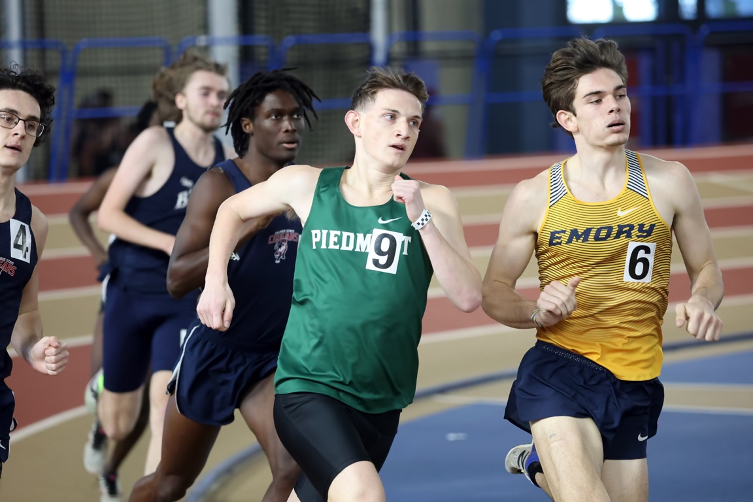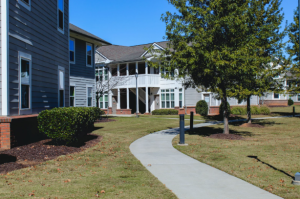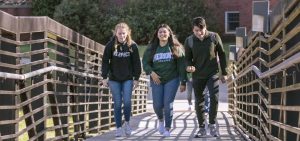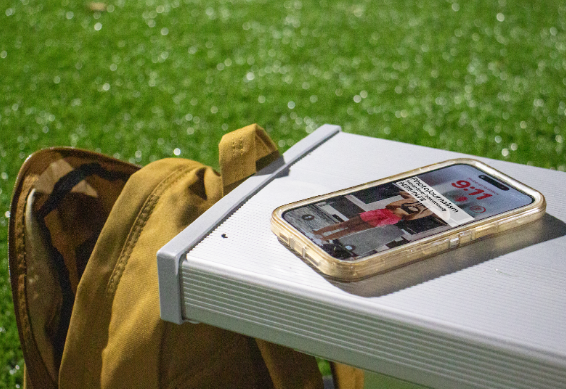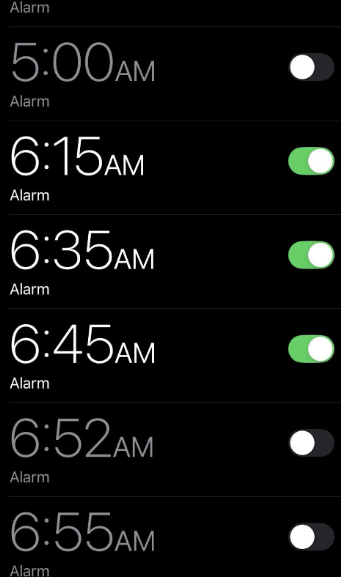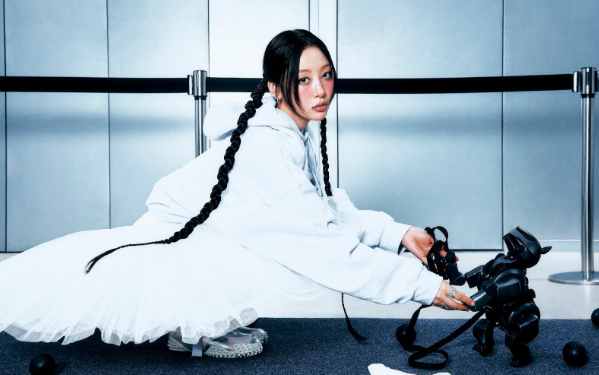Sports Media: A Well-Rounded Experience
Cole Elrod attacks a turn during the indoor 800m race at the Birmingham Crossplex PHOTO//Piedmont University Athletics
April 21, 2023
Immersing oneself in a sports environment has become increasingly more accessible and advanced as technology and time have evolved. There are many ways to follow athletic events on any level, and many involve online media outlets with social and broadcast media components. The accessibility of these options is being used by both fans and athletes, which has had an interesting effect on the overall connectivity of the sports community.
Consider a professional sports league prominent in your life or your community. It is often hard to watch television, view social media or stream content on a public forum without encountering an advertisement or similar connection to the league’s promotion. It is often surprising to see these connections happen in places that would not be expected, but captivating to take notice of how and why these advancements have occurred.
The intended outcome of these moves is increasing the popularity and engagement in the sport, and at the Division III collegiate level, these same tactics are being implemented. With traditionally smaller and less prominent programs than other schools, it is critical to maintain relevance and compete for recruits and student-athletes. Social and broadcast media have shown to be the front-running methods for reaching these desired audiences.
One of the primary target markets of this increased online interaction is the fans, current and prospective. Reaching an audience with an invested interest in an athletic program is the key to keeping them invested and creating a draw for others. Longtime Piedmont athletics fan Art Elrod closely follows the cross country, track and baseball programs. Elrod relies on social media to stay current on the highlights and other news.
“[Social media] is where I tend to check first if I’m looking for results, highlights and links to writeups which take me to the website,” said Elrod. “I enjoy how similar the experience is to follow my favorite pro sports.”
Canvasing the various online platforms with this engaging information has become so prominent for Division III because it is easy for a smaller department to reach so many without having as many physical or monetary resources. Using graphics and promotional pictures paired with a schedule update or final score news on a Twitter page goes a long way. This outreach can impact fans and prospects, but it is essential to consider the positive work it does for the student-athletes part of the current program.
Cole Elrod, the son of Art Elrod, has been a Division III runner throughout his college career. On a recent episode of the sports media podcast “Socially Athletic,” he spoke on some of the developing media adjustments. “A chance to spread the word about track & field is something I always appreciate, so when there is cool content detailing the side of the sport many fans may not know of, it is cool to me as an athlete knowing that impact is there,” said Elrod.
Live streaming also makes its way into the conversation as it ties in so commonly with social media in modern times. Many athletes can share posts with links and results involving events streamed or posted by either Piedmont or another party.
“I watch some Division III baseball through the various live streams from each school, so having that capability for track & field meets would improve the current experience in a big way,” said Art Elrod.
The voice of the fan has continued to have an increased influence on sports information and the use of social and broadcast media. The voice of the student-athlete has grown and will continue due to the online sharing nature of the athletes involving content with their sport. The sports information that is accessible online looks to continue evolving, which benefits both fans and athletes.


